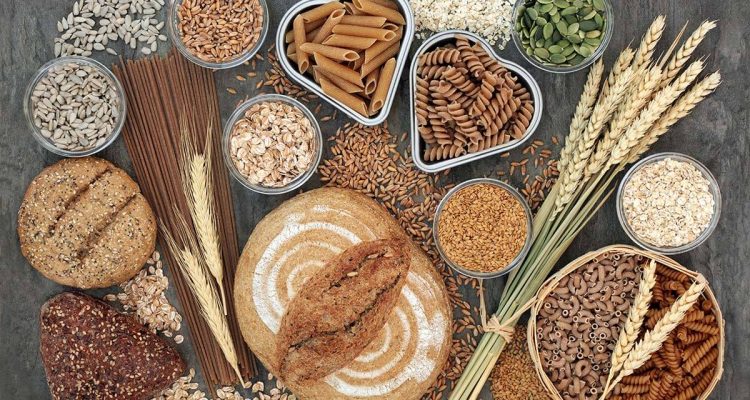
What is the difference between soluble and insoluble fiber?
0
Insoluble and soluble fiber work together, helping to control cholesterol levels, ensuring the smooth functioning of the digestive system and providing other health benefits.
Fiber is one of those nutrients that doctors say most of us don't get enough of. Found mainly in plants – vegetables, fruits, whole grains, legumes, nuts, seeds – fiber is a type of carbohydrate that is not digested and passes undigested throughout the digestive tract. Fiber exists in two forms: soluble and insoluble, each of which provides certain health benefits,
Most plant foods contain both types of fiber in varying amounts. Research shows that together they form a powerful combination to support gut health and reduce the risk of chronic diseases, including diabetes, heart disease, and some cancers.
What is soluble fiber?It is a type of fiber that absorbs water, forming a gel in the digestive tract and making it easier for stool to pass. Because of its ability to absorb water and swell, soluble fiber helps slow the digestion of carbohydrates and other nutrients, preventing sudden spikes in blood glucose levels. Viscous soluble fiber can also lower cholesterol by binding cholesterol and fat in food and passing them out of the body through the stool.
For people with irritable bowel syndrome, consuming soluble fiber can help manage symptoms such as: like diarrhea and loose stools, making the stool thicker.
What foods contain soluble fiber
- Legumes: peas, beans, lentils.
li>
- Whole grains: oats, barley.
- Vegetables: Brussels sprouts, sweet potatoes, carrots, peas.
- Fruits: oranges, avocados, apples, pears.
- Seeds: plantain, chia, flax.
>
What is insoluble fiber? This type of fiber does not absorb water. Insoluble fiber increases the volume of stool and attracts water to the colon, making the stool soft, easy to pass.
What foods contain insoluble fiber
- Hard parts of vegetables and fruits: such as the skin of apples, broccoli and asparagus stalks.
- Whole grains.
- Bran, wheat or oat.
- Nuts.
li>
How much fiber should you eat each day? The latest dietary guidelines say you should aim for 30 grams.
In short, soluble fiber forms a gel and works like a sponge, helping to get rid of fat and cholesterol, while insoluble fiber increases the volume of bowel movements. Both types of fiber are needed to support a healthy digestive system and overall well-being. Remember, if you increase your fiber intake, also increase your fluid, water intake.”









Leave a Reply